I know this isn't our favorite topic, but I feel it occasionally needs to be addressed. This article, unlike most, isn't sensationalized or promoting only one side of the argument and it also updates us on multiple pending legal cases fighting to save the owls.
It's looking like a real life trolley problem, so as always I am curious to hear your takes on things. It's your planet too, and whatever the outcome here, it will likely set precedent for future scenarios .
The Marin Audubon Society has joined a coalition of conservation groups defending a federal plan to kill invasive barred owls in the Pacific Northwest.
The coalition has requested to intervene as co-defendants in two federal lawsuits, one in Oregon and the other in Washington state, to support the U.S. Fish and Wildlife Service. The coalition says the culling, while unfortunate, is needed to protect the threatened northern and California spotted owls.
In addition to the Marin organization, the coalition includes the Environmental Information Protection Center, the Klamath-Siskiyou Wildlands Center in Oregon, Umpqua Watersheds in Oregon and Conservation Northwest in Seattle.
“I’m pleased that the organizations in the northwest took this on and I am hopeful that we’re going to be successful,” said Barbara Salzman, president of the Marin Audubon Society.
“We need to protect our native ecosystem,” Salzman said. “The northern spotted owl is native, and their loss would be significant on our ecosystem.”
The U.S. Fish and Wildlife Service “barred owl management strategy” approved in August calls for hunting and killing nearly half a million of the birds over 30 years across Washington, Oregon and California.
The plan is designed to reduce social competition with northern and California spotted owls, which are more docile raptors than their bigger, bullying cousins, and they are native to the Pacific Northwest.
The three federal parks in Marin where the culling practice would be authorized are the Golden Gate National Recreation Area, Muir Woods National Monument and the Point Reyes National Seashore.
In November, animal welfare groups filed federal lawsuits against the plan in Oregon and Washington calling the strategy inhumane and alleging violations of federal laws.
Both lawsuits argue that the wildlife agency is using the barred owl as a scapegoat for its mismanagement of spotted owl habitat. The suits say the destruction of old growth forests, including through human activities such as logging and development, as well as effects of climate change, are the true reasons for degradation of the spotted owl habitat.
Plaintiffs say barred owls are native to North America and the plan is a violation of the Migratory Bird Treaty Act. They also allege that the wildlife agency has violated the National Environmental Policy Act by not fully vetting alternative management options.
Plaintiffs in both suits say its worrisome that the hunting would be allowed to happen at night, which puts the threatened spotted owl at greater risk of being accidentally misidentified as its look-a-like barred owl cousin and killed.
Another concern is that the culling would be allowed in federally designated wilderness areas, which are supposed to be managed by the service in a limited way so the habitats remain unaffected by humans.
“I am disappointed that some groups believe that killing barred owls is necessary to help spotted owls,” said Jennifer Best, director of the Friends of Animals wildlife law program. The organization is the plaintiff in the Oregon case.
“I hope they will come to better understand the shortcomings and dangers of the barred owl kill plan,” Best said. “I also hope that these groups see that the barred owl kill plan will set a dangerous precedent for all wildlife management by interfering with natural competition between animals instead of addressing the root causes that are threatening many species, including habitat destruction and climate change.”
Plaintiffs in the Washington case are equally disappointed.
“We cannot allow a good goal, such as saving the spotted owl, to obscure an inhumane and unworkable plan,” said Wayne Pacelle, president of Animal Wellness Action and the Center for a Humane Economy. “Not only is the cost of the program in excess of a billion dollars, but it fails to gauge that surviving owls will simply fill the vacuum and occupy nests where shooting previously occurred.”
He said that his organization estimated it could cost about $1.34 billion. The estimate was based on a recent $4.5 million grant from the National Fish and Wildlife Foundation to the Hoopa Valley Tribe in Humboldt County to kill up to 1,500 barred owls. Taking that amount, Pacelle said it is estimated to cost about $3,000 per owl.
Salzman said that after years of trying to manage the barred owl problem, wildlife experts have been unsuccessful in proposing alternatives.
“Either way you look at it there is going to be loss: the individuals lost in the culling or the loss of spotted owls as a result of the barred owls being here,” Salzman said. “We’d rather keep the native species.”
Salzman said there could be many unknown and unintended consequences of allowing the barred owl’s continued habitat expansion.
“They’re bigger, more aggressive, they have more varied diets,” Salzman said. “It could create a different condition in our ecosystem.”
Without barred owl management and older forest habitat protections, the spotted owls are likely to go extinct, said Tom Wheeler, executive director at the Environmental Protection Information Center. The organization is part of the coalition with the Marin Audubon Society.
“Barred owl control is well studied and has been shown to be extremely effective in countering barred owl threats to spotted owl survival, recruitment and recovery,” Wheeler said.
A federal judge approved the coalition’s request to intervene in the Washington case. The request in Oregon is pending.
The Fish and Wildlife Service declined to comment, citing the pending litigation.
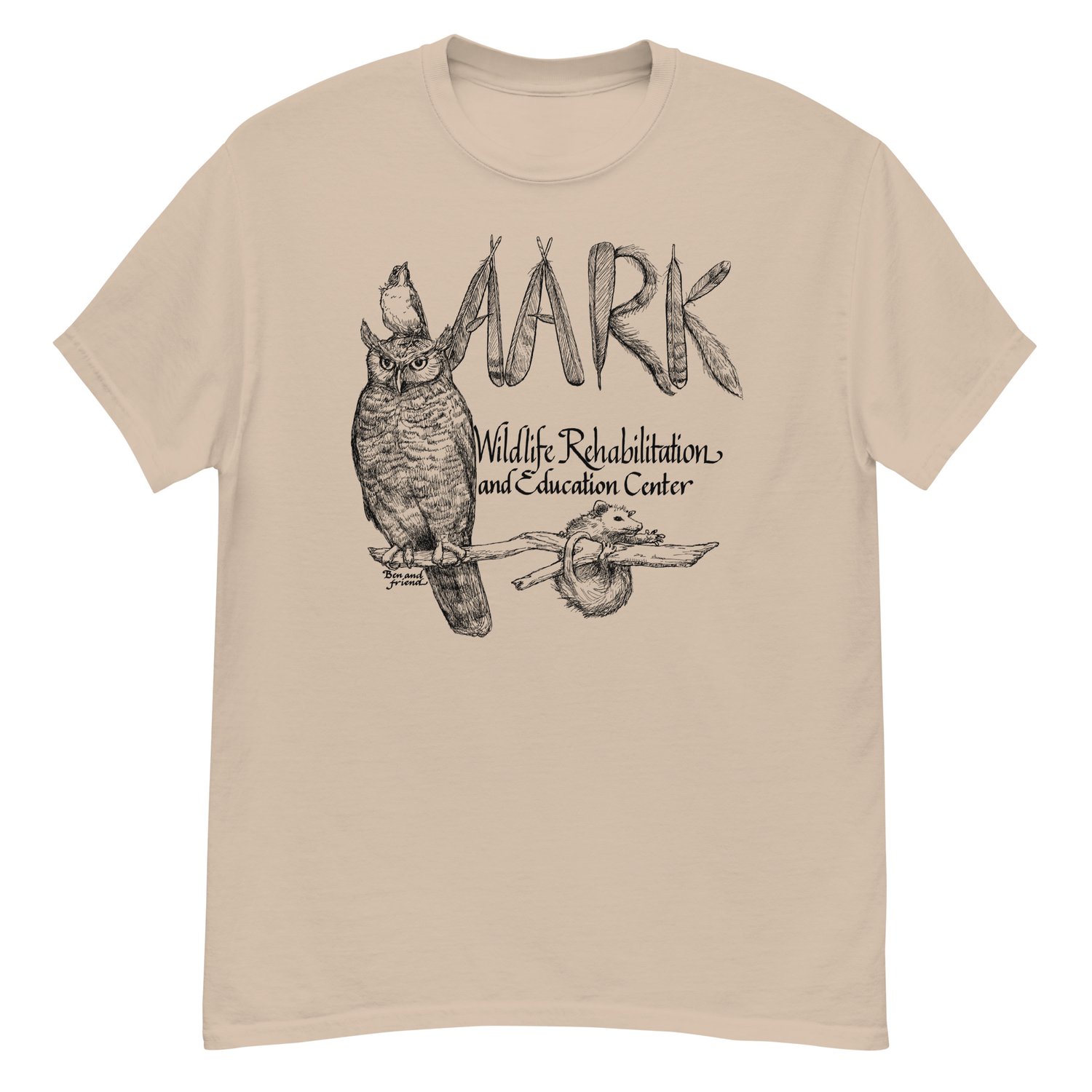
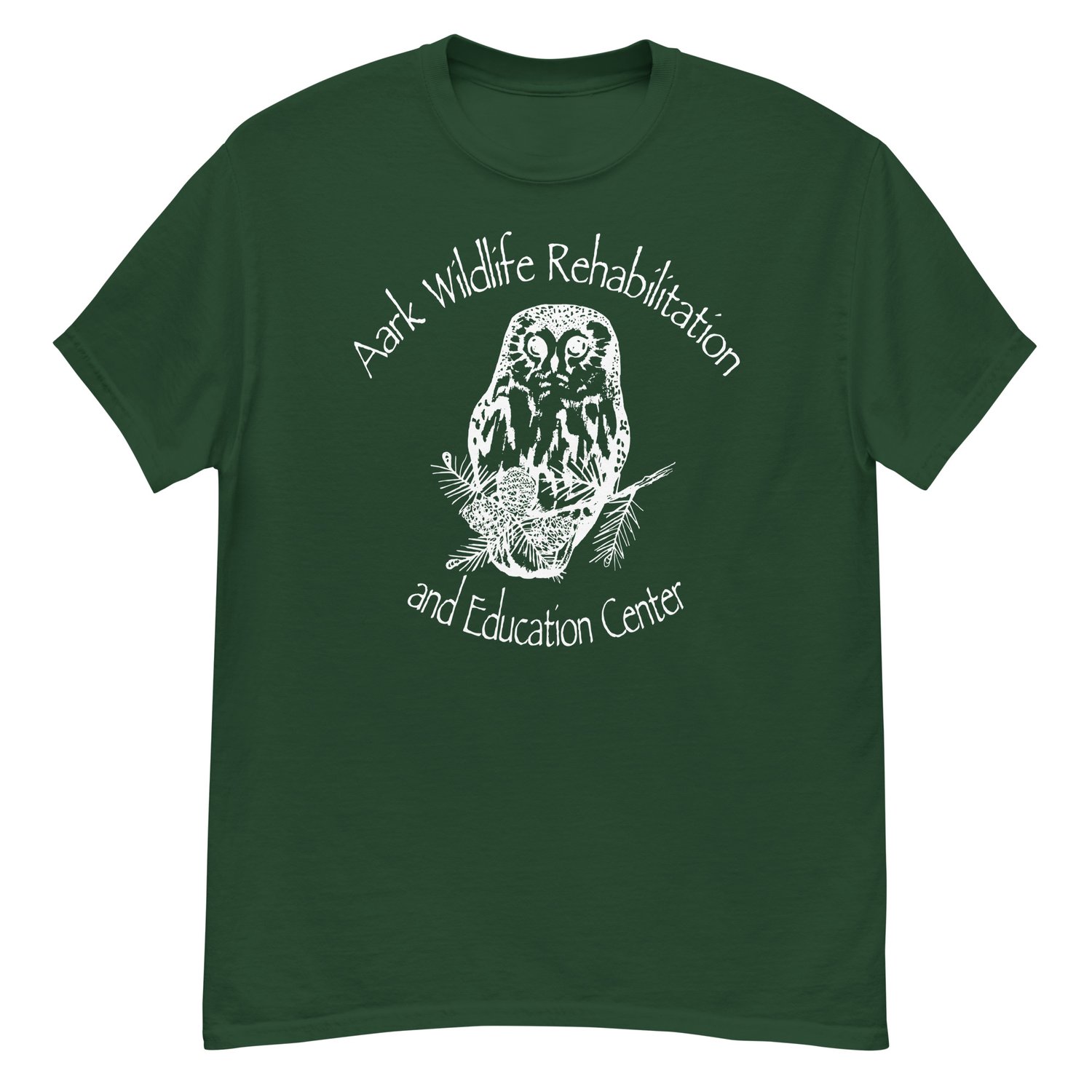
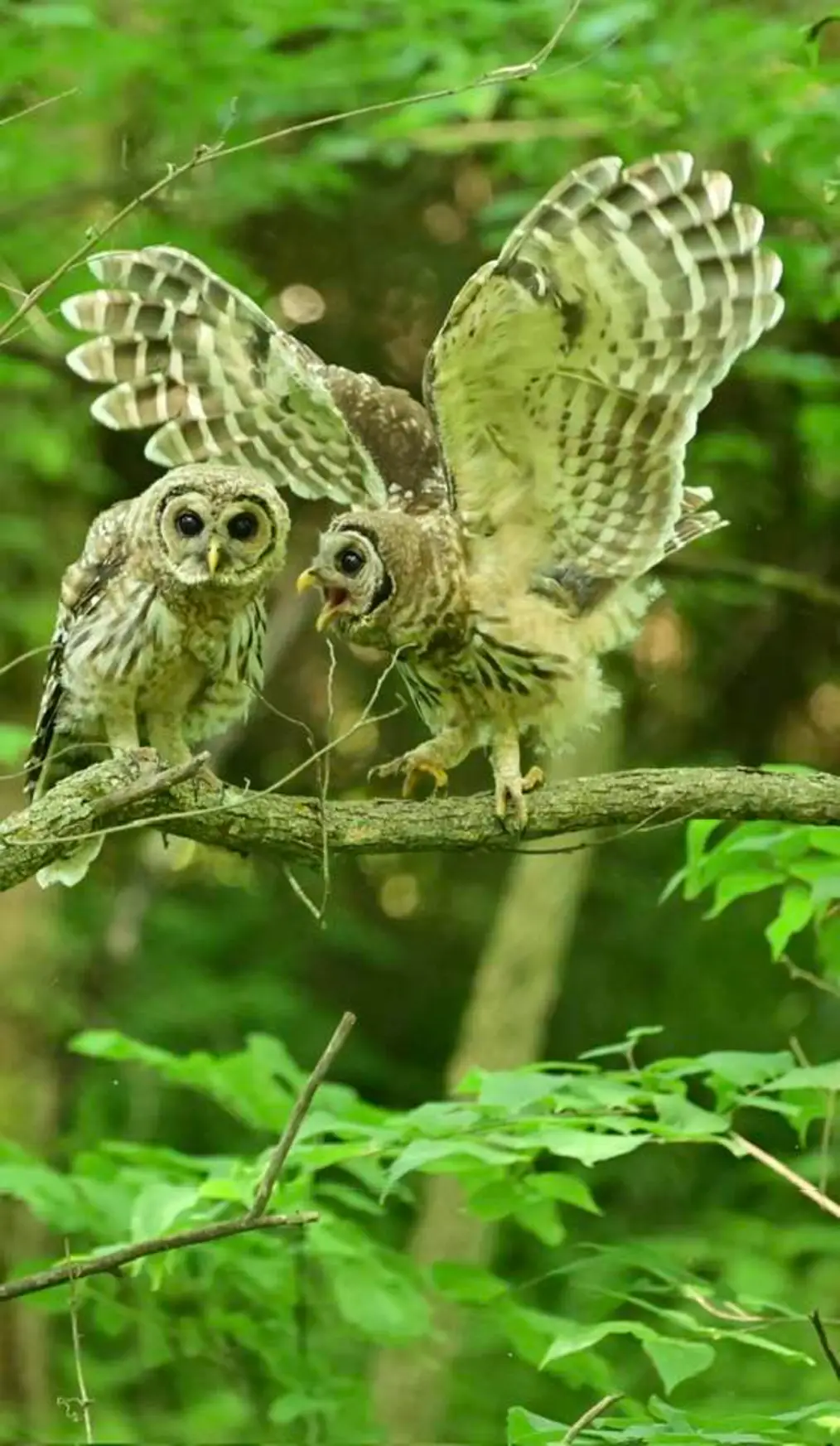
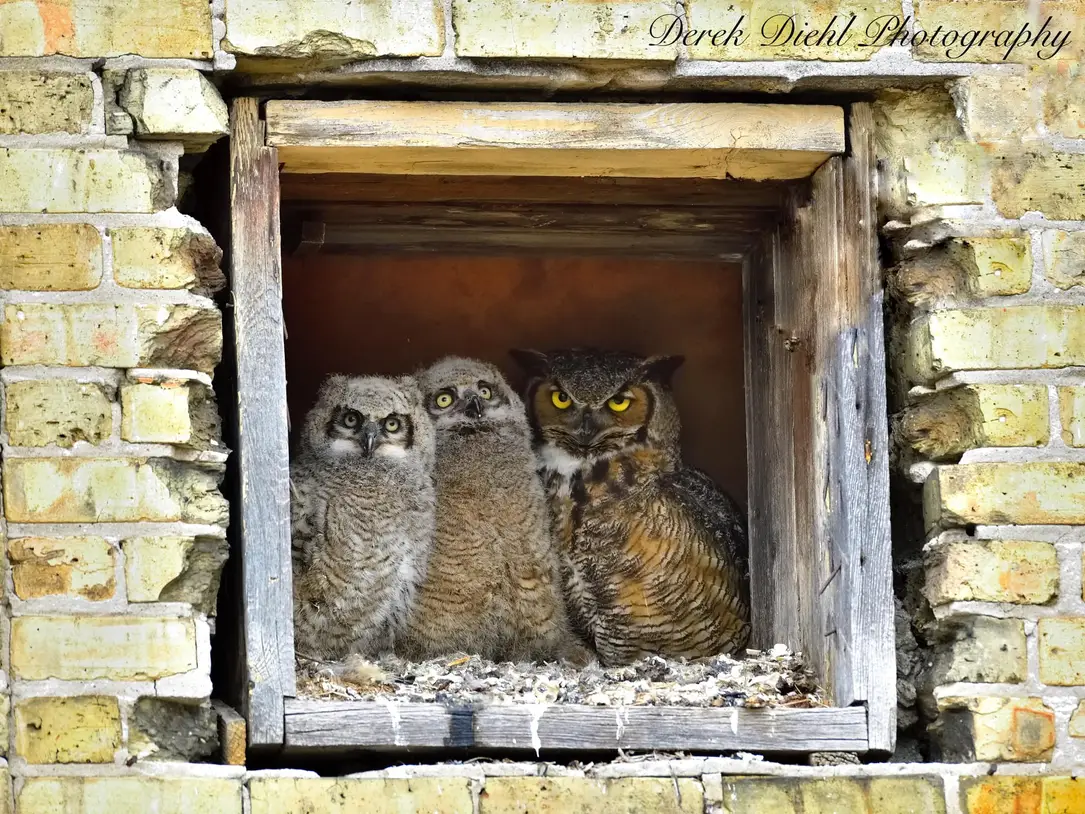
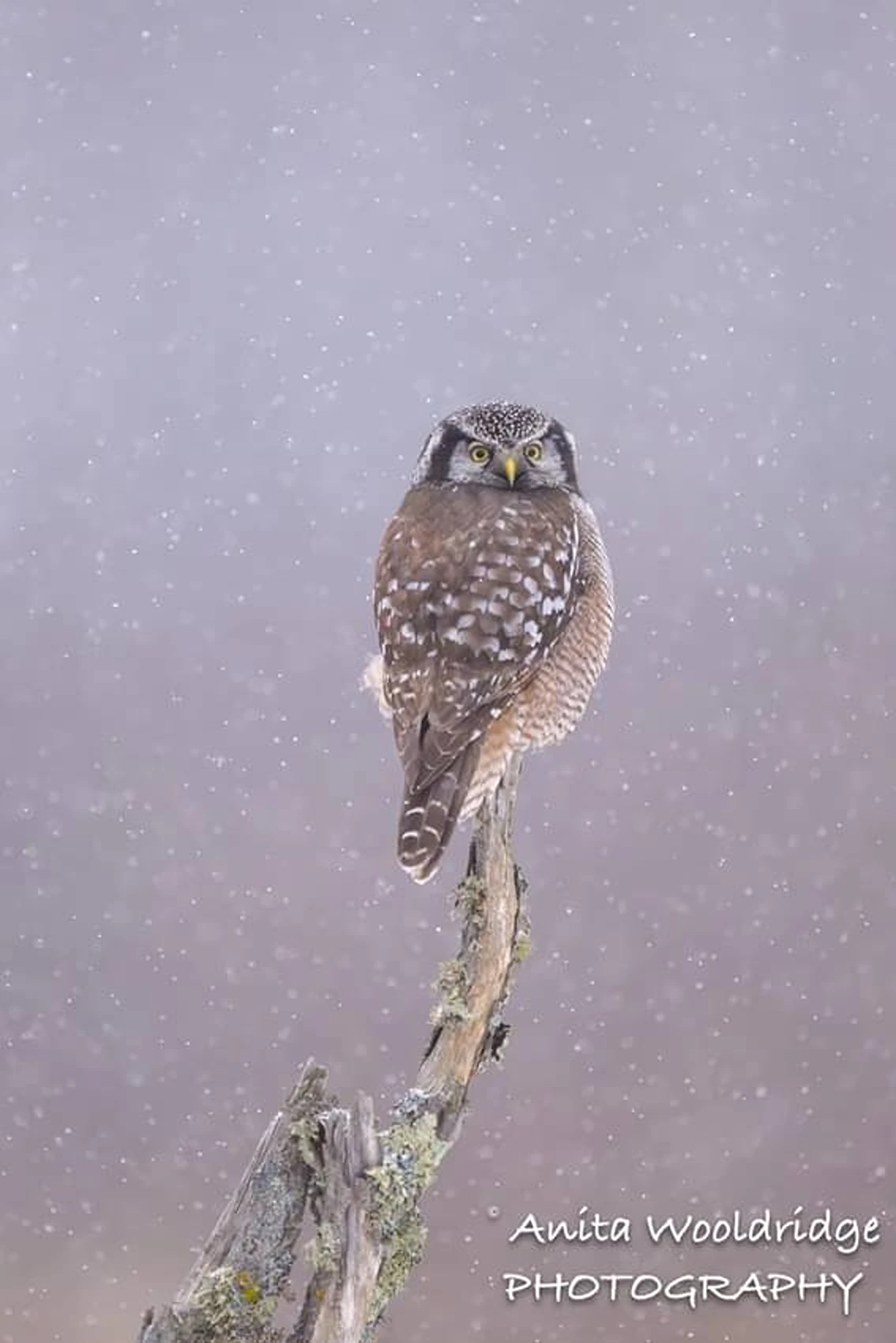
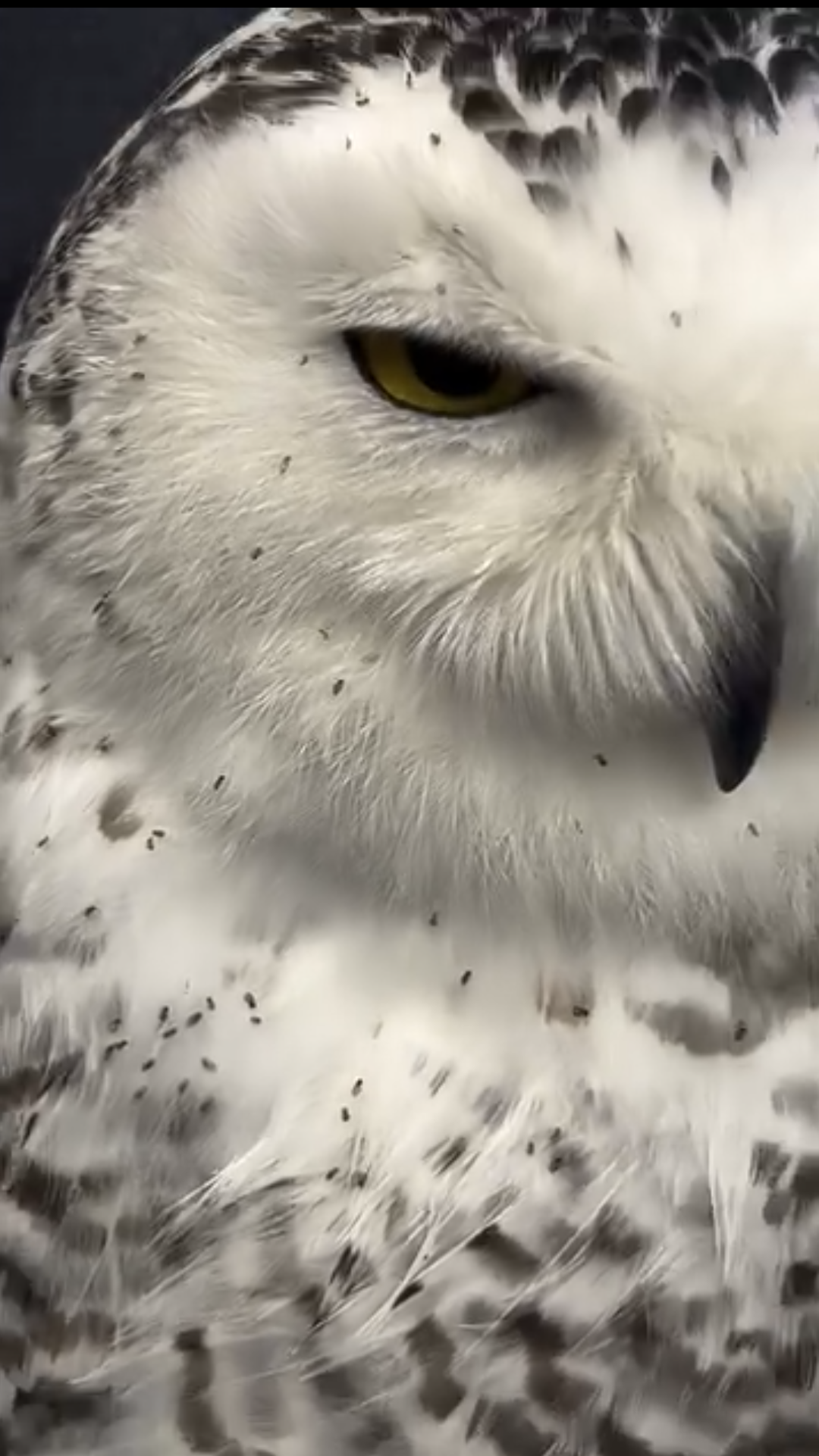
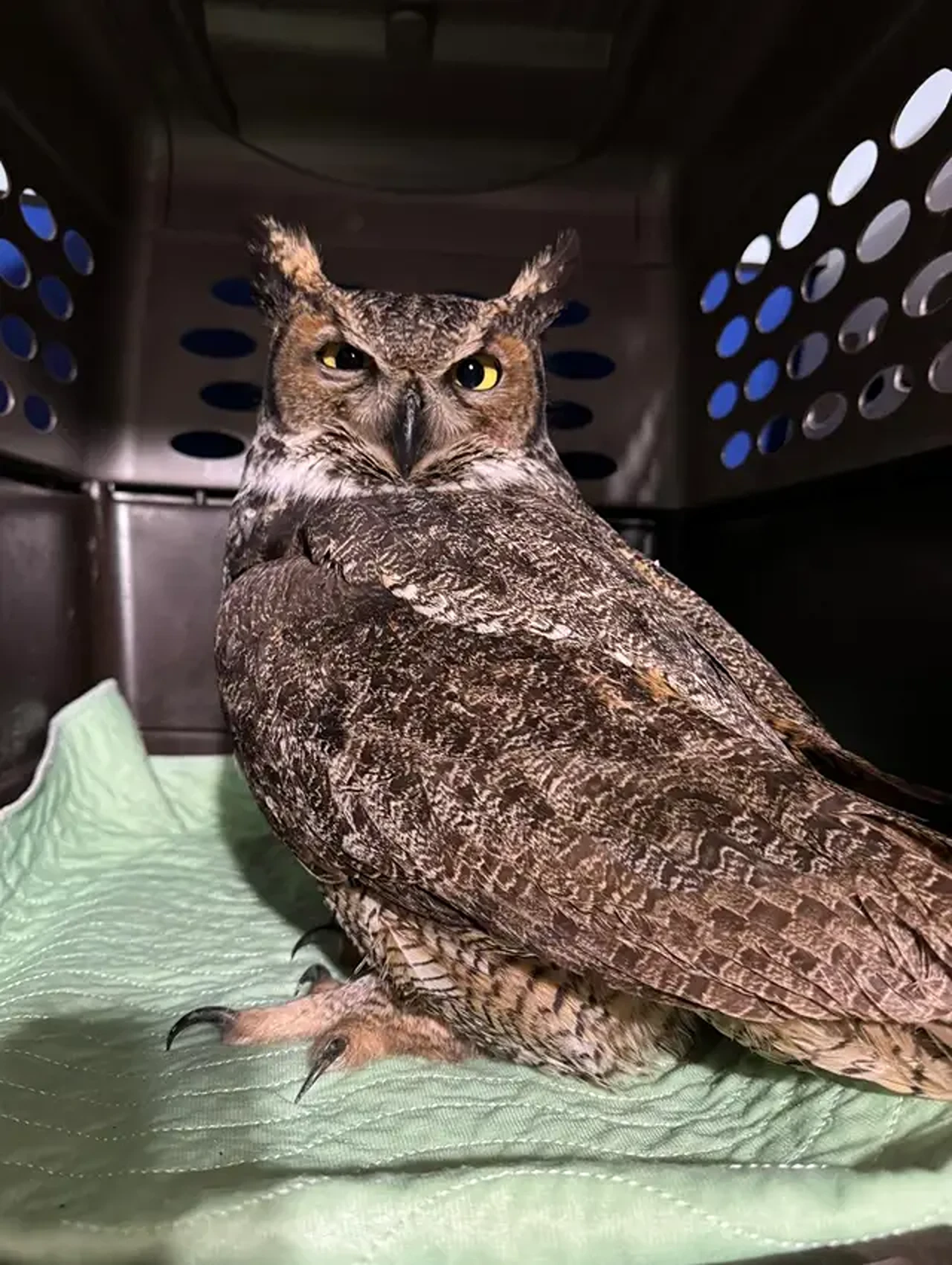
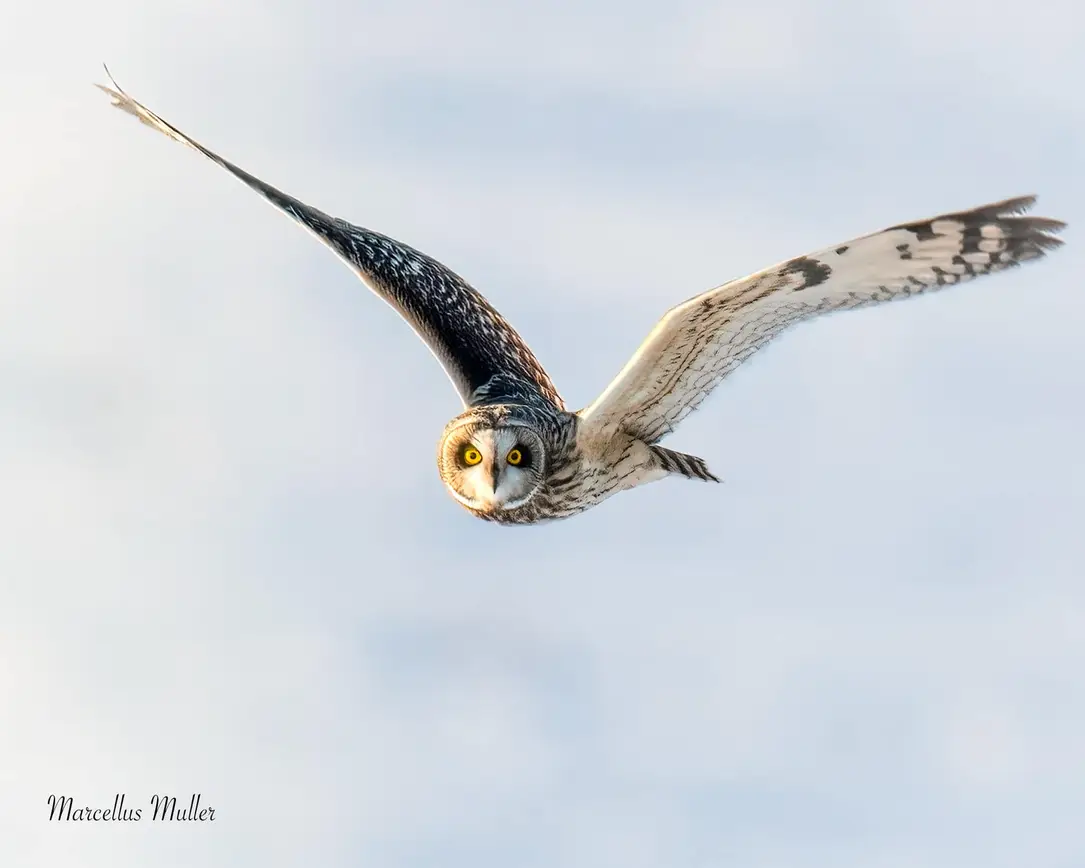
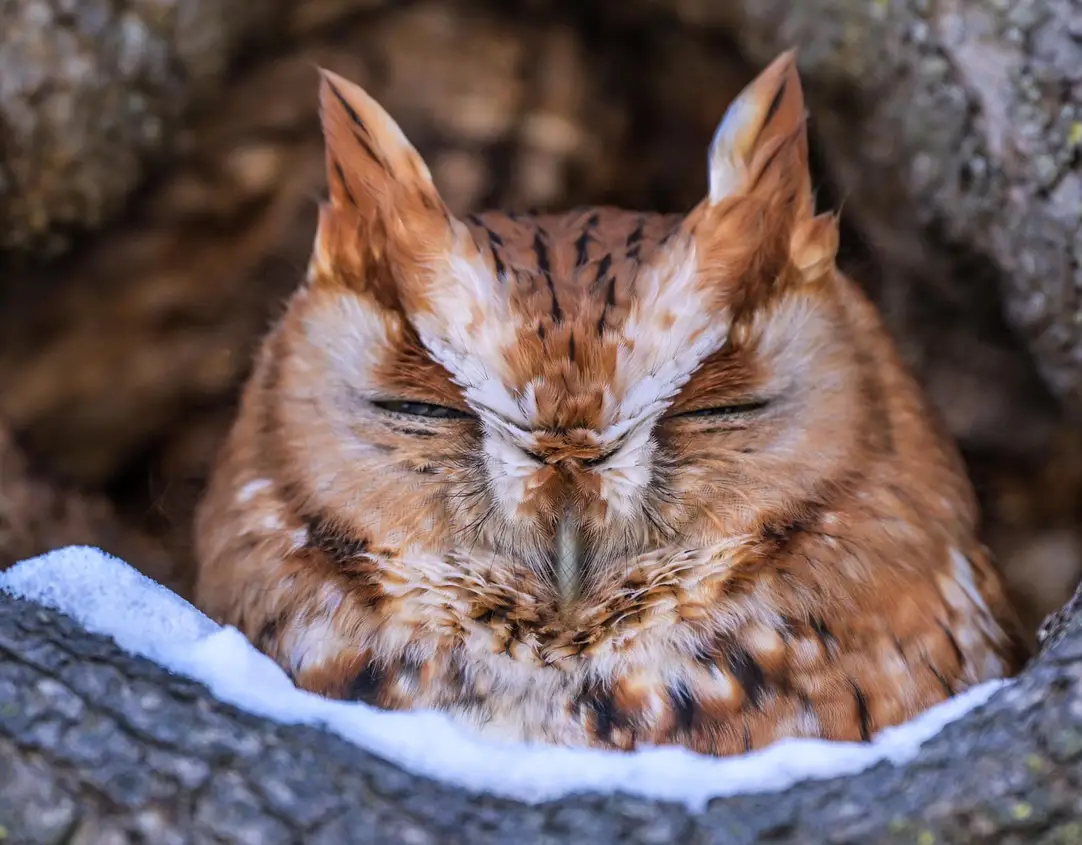
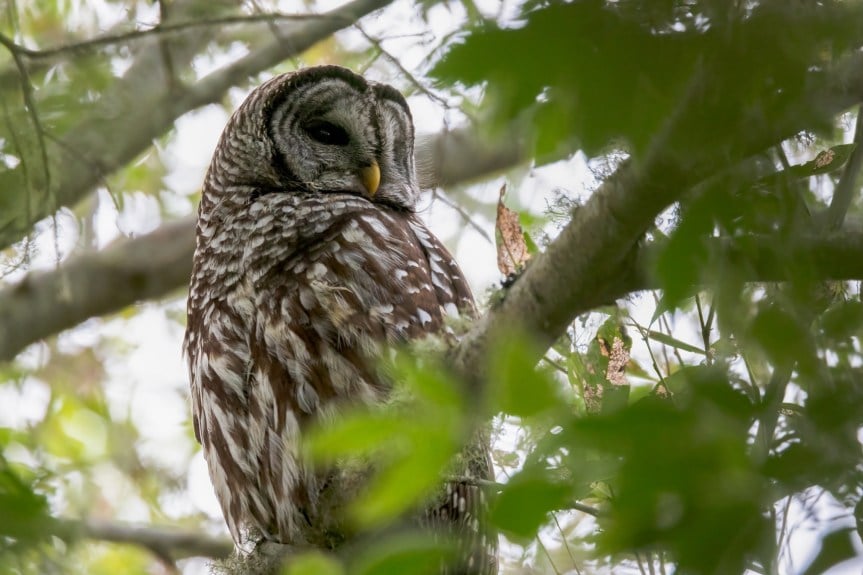
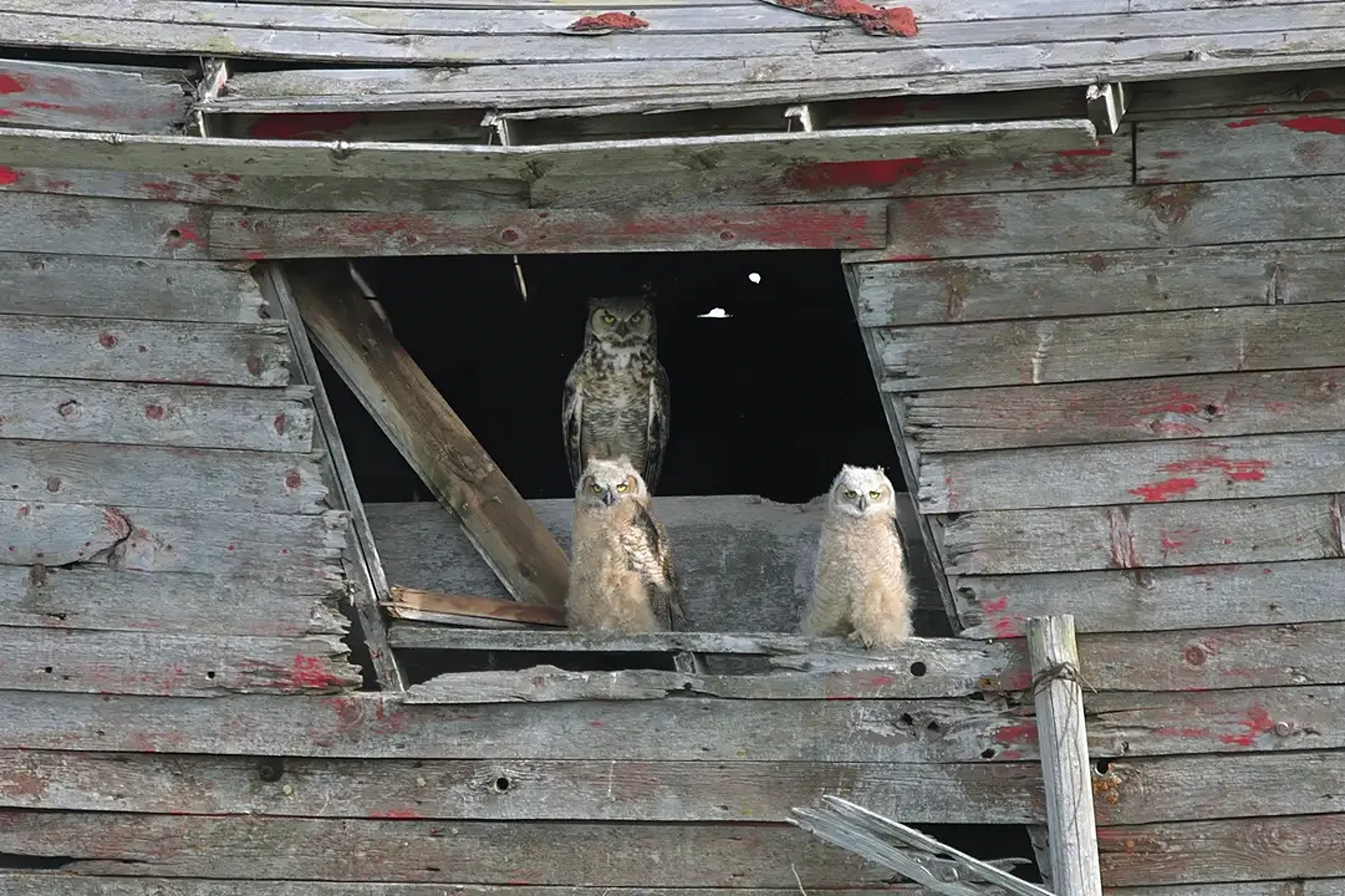
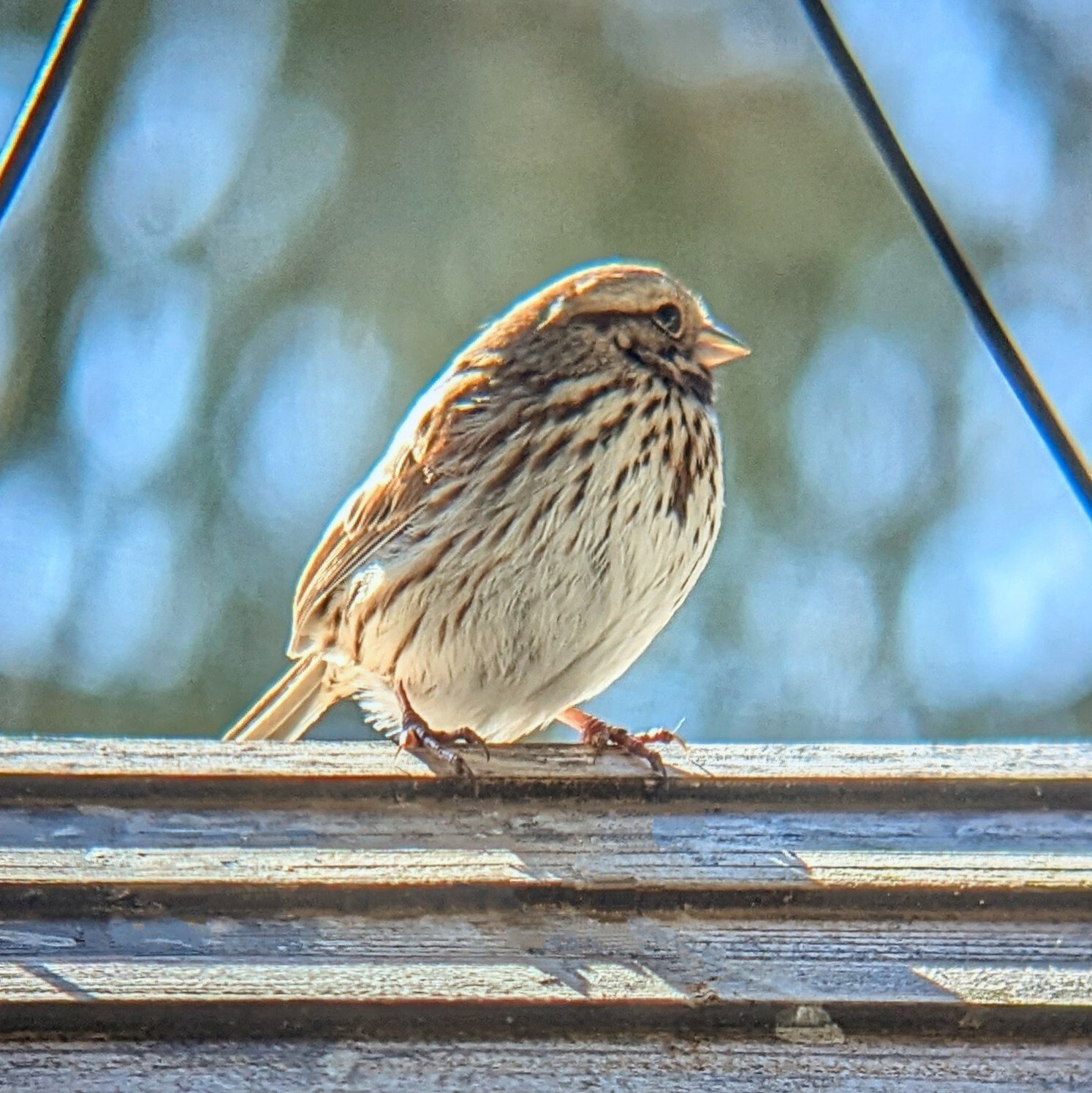
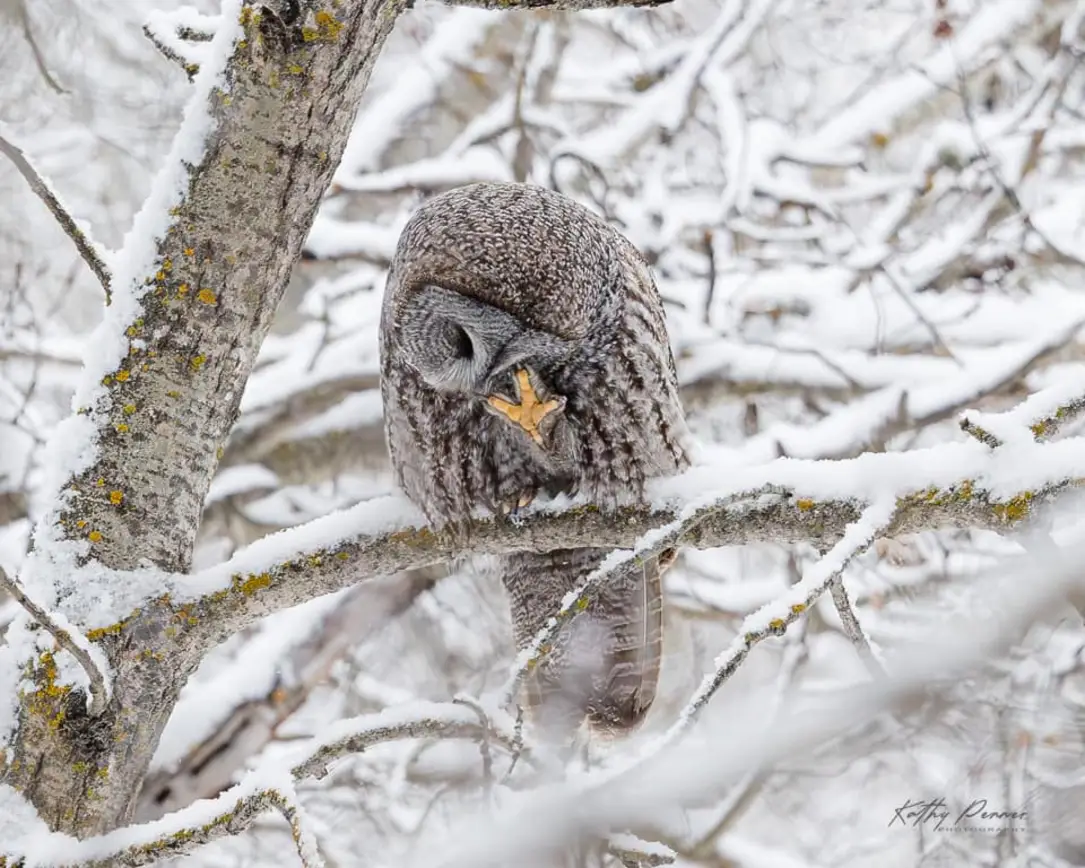

I hope I didn't imply you did anything wrong in being shocked by what you found out. It seems a pretty normal reaction.
Does them having an OF make what you originally enjoyed of them feel hypocritical? Like if they were for example promoting abstinence, some type of morality, or where they playing up their supposed innocence? Or is it more like, I thought this person wouldn't do something like this publicly? If they got banned for promoting their OF, did you miss it up until now? Or is this more like in the news where a school finds out a teacher has an OF and fires them when it doesn't have anything to do with their other gig?
I understand you being intentionally vague, but it kinda makes it hard to pin down why you are feeling off about the whole situation or what you're looking to get back from us.
People online are both real and fake, and my original comment tried to say that. I try to come off very polite and educational here. That's definitely a good part of the real me. But there's a lot more to me. There's a lot more than I won't always put front and center, but I'll open up if it's relevant, like all the terrible shit I did to people before I got medicated or from being raised by a kind of crappy family and I had no empathy for a long time. I still have a lot of difficulties, and while I can be a chronically depressed introvert with no ambition or self esteem, I can also be a positive and outgoing educator or comedian. They're both me. Sometimes I'm more one or the other or even both at once. T
his person you're talking about can be the same. They can be formal and proper or whatever the opposite of their OF persona is, and then do crazy extreme stuff in the OF context. They've understood and accepted those parts of themselves, and they're not only doing the one thing that caught your interest, but also another totally different thing for another group.
If you just take whatever time for you to process that both realities exist within that person, you will know if they're someone you still wish to follow or not.